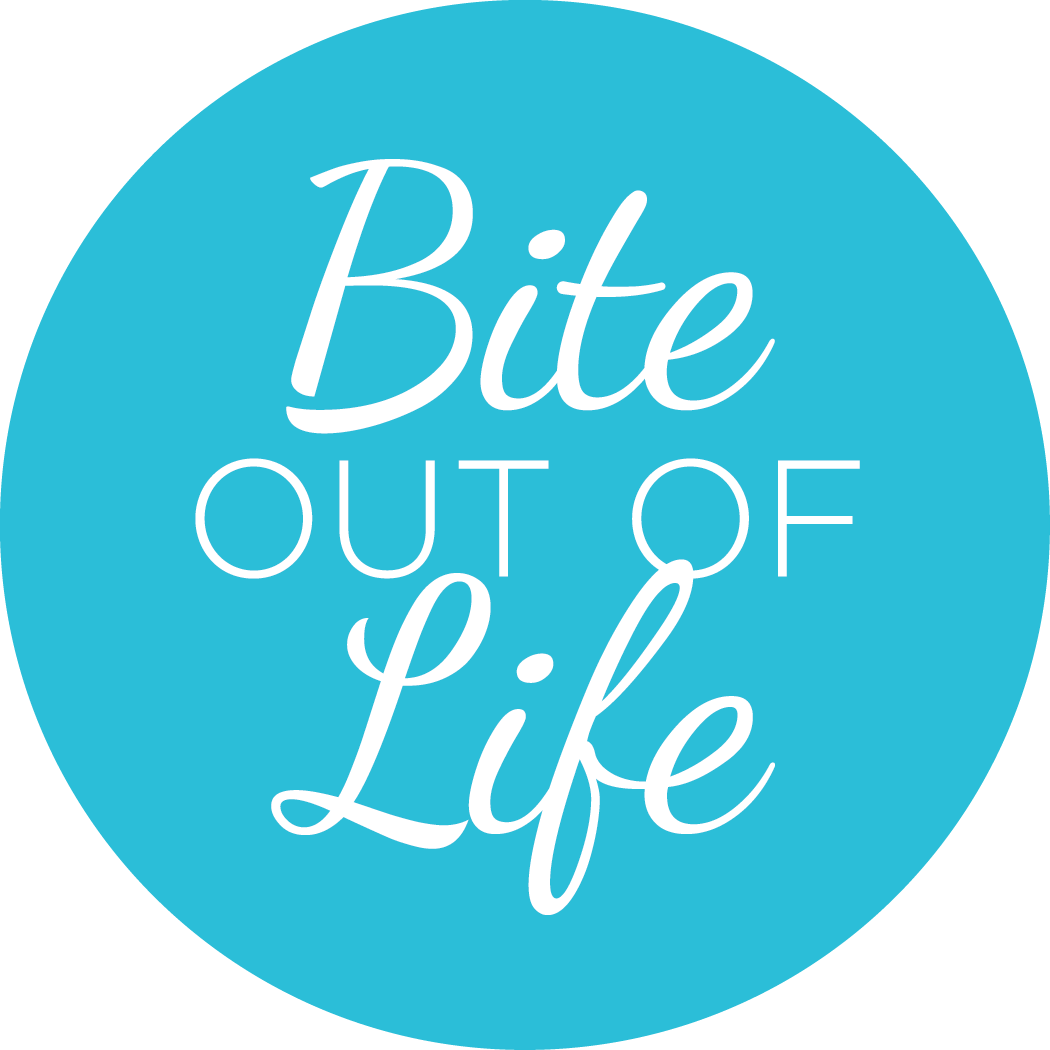 I recently read an article, where a prominent neuroscientist said the antidote to the winter blahs – or really for any kind of blues – was to listen to sad songs.
I recently read an article, where a prominent neuroscientist said the antidote to the winter blahs – or really for any kind of blues – was to listen to sad songs.
Apparently, if you listen to happy songs, your brain gets mistrustful of the emotions being shared. But if you hear a song that mirrors your feelings of melancholy, you feel like someone else totally gets it and that you are not alone. This triggers a flow of the hormone prolactin in your brain – which is the same hormone that moms release when they nurse their infants and voila! Instant comfort.
If only healing a broken heart – figuratively or literally – was so easy we could just listen to some Bee Gees, right?
Heart disease among women is a major killer. I’ve been reading a lot and writing about this for the last few weeks, since February is deemed Heart Health Month. Frankly, at the rate that women are developing various types of heart disease – including ‘broken heart syndrome’ (yes, it’s a thing. Just ask Canadian recording artist, Jann Arden, who was hospitalized with Takotsubo cardiomyopathy while on tour in 2007) – every month should be heart health month.
One of the most shocking statistics is that in Canada, a woman dies of heart disease every 20 minutes. You read that right – 20 minutes!! So in the time it took me to research and write this blog post – three more women – likely around my age – departed this world and left behind friends, family, coworkers, and neighbours who all loved them dearly.
Talk about broken-hearted. ?
We can do better – but only if we understand the issues that increase our risk of developing heart disease and take steps to reduce or eliminate them.
Certainly, there are some factors that we can’t change. For example, Indigenous, South Asian, Chinese and Afro-Caribbean women are at a higher risk and experience higher rates of heart disease than other women. And there may be a genetic predisposition to the development of cardiovascular disease (CVD) but heredity is tricky and often times people with a ‘family history’ of CVD also share environments and habits that may contribute to the development of the disease.
All that said – there are far more things that you CAN change than things that you CAN’T.
You do not want to be the next 20-minute statistic especially since there are ways you can reduce your risks.
So here goes. Ten issues to understand and get smarter about.
Take action on as many of these influencing factors as possible. Get help from me or another practitioner to make these changes, if need be – education and accountability can go a long way to learn new habits and make them stick.
PS – these are in no particular order – but if you ask me – they are all interrelated and 8 out of the 10 factors listed come back to focusing on your nutritional habits and associated lifestyle behaviours.
Risks for developing CVD
- Smoking – can damage the heart and blood vessels which increases your risk of developing CVD. This includes second-hand smoke. The easiest solution to this is to STOP. (I know it’s not simple but it’s key to so many positive changes in your life, your health and your financial situation – smokes are expensive!)
- Diabetes – Epidemiological studies have shown that people with Type 2 Diabetes have more than 2X the chance of developing CVD than those without, so get your blood sugar under control. And that means ensuring that your all-important A1C levels are in the optimal range. For women with diabetes, the CVD risk occurs much earlier – often before they have entered their 40s. Diabetes eliminates much of the protection that premenopausal women might normally have from estrogen – which drops as they progress through peri menopause and post menopause. The number one thing you can do to reduce your risk of diabetes or reverse a diagnosis? Change the way you eat. Talk to me – it’s not as daunting as you think.
- Inactivity – this is a double whammy. Inactivity can contribute to a build-up of lipids in your arteries and sitting on your butt day in/day out can also lead to other risk factors like obesity, high blood pressure and cholesterol imbalances. The general rule of thumb is to log 150 minutes of moderate to vigorous activity per week. That’s about 30 minutes, 5 days a week, not 3 hours once a week! Small consistent daily movement is much more effective and less harmful than being a hardcore weekend warrior. You do need to aim for an intensity that makes you sweat or huff and puff a bit but honestly, any movement that challenges you is good.
- Lack of sleep – disruption in sleep has been linked to all manner of health concerns: obesity, hypertension, diabetes, and inflammation. A study published in the journal, Circulation, reported that there is a 40-50% increased risk of dying from CVD in people who were not sleeping well. A second study says that those who sleep less than 6 hours or experience fragmented sleep have an increased preclinical (meaning before any symptoms have appeared) atherosclerotic burden.You know how passionate I am about sleep and its contributions to good (or bad) health. Don’t take this lightly! As a reformed insomniac, I coach on this topic all the time. So don’t hesitate to reach out and explore what can be done.
- Alcohol – there are a few key issues here in terms of CVD: alcohol raises blood pressure levels and triglyceride levels, which are contributing factors to CVD. It also disrupts sleep. And it’s empty calories so you are also potentially contributing to weight gain. There are so many good non-alcoholic beers, wines and spirits available now – it’s easier than ever to reduce your consumption and not be relegated to just sipping soda water at social events.
- Obesity – extra weight equals extra risk. Full stop. We do not need to obsess about our BMIs (that’s a bogus measure, anyway). But carrying extra fat, especially around our midsections, is an indication of cardiometabolic disease, insulin resistance (hello diabetes) and has been linked to dyslipidemia, hypertension and sleep disorders. Being conscious of your waist circumference – the visceral fat you may be accumulating – is a defining measure of risk.
- Hypertension (high blood pressure) – your heart has to work a lot harder when you are experiencing high blood pressure and this exerts much more pressure on your artery walls. Hypertension is often called ‘the silent killer’ because there may not be any warning signs before damage – or death – takes place. Primary hypertension stems from many of the same things as CVD – poor diet including alcohol consumption, smoking, sedentary lifestyle, lack of sleep, and obesity. Often, salt is pointed out as the culprit. Sure…..but keep in mind it’s more likely that ultra-processed packaged foods (where sodium is heavily featured for both taste and preservatives) is the root cause, versus a sprinkle of sea salt on your eggs in the morning that’s negatively impacting your numbers.
- Dyslipidemia (imbalanced cholesterol/triglyceride levels) – a diet high in sugar – not fat, as erroneously reported for decades – is a key contributor to blood lipid imbalances. Sugar inhibits the enzyme that helps break down triglycerides. It also impacts your liver’s ability to synthesize the LDL (‘bad’) cholesterol and lowers the HDL (‘good’) cholesterol – not a good combination, when balance is required. Get your levels measured. Address the imbalances through diet first (yes you can make significant changes in your lipid levels in a relatively short period of time by changing what and how you eat) because cholesterol-lowering drugs (statins) have their own set of side effects that are particularly concerning for women. Know the pros and cons so you can make an informed decision.
- Inflammatory conditions – systemic inflammation and conditions that are rooted in these (like rheumatoid arthritis, lupus, HIV and psoriasis, to name just a few) have been identified to increase the risk of CVD in women. The mechanism is not yet clear – the research continues. But what is clear is that sustained low-levels of inflammation irritate blood vessels and that raises your risk. There are so many things you can do to reduce inflammation – this is an easy one to work on.
- Emotional stress, depression, anxiety – this is a tricky area. There is, as of yet, no direct causal link between depression/anxiety and CVD. But what research does show is that people who have CVD are also more likely to be depressed or have anxiety. And if you’ve already been diagnosed with depression or anxiety and develop CVD, your outcomes are less positive – higher mortality and more severe damage to your heart and blood vessels.
Cortisol is a critical stress hormone. Studies suggest that the high levels of cortisol from ongoing levels of stress or even a single acute traumatic incident can increase blood cholesterol, triglycerides, blood sugar, and blood pressure – all factors in the development of CVD. Whether myocardial infarction (a heart attack) or ‘broken heart syndrome’ or cardiac ischemia – women appear to be more vulnerable to these issues when under emotional/mental stress. And since we all too often fall into the trap of trying to be all things to all people at home, in the workplace, in the community – the capacity for letting our own emotional health deplete can be high.
So what’s your next best step?
After looking at all these risk factors, I hope you feel empowered and capable of making changes that can reduce your risk. Cardiac health especially for women needs to be front and centre. We have to talk about it, consult about it and do something about it.
Small consistent changes in mindset (yes! You can improve your heart health!) and habits. Support and accountability from an experienced practitioner. A little grace for yourself and the work ahead of you.
I ❤️ you. And hope you ❤️ your beautiful self and your courageous beating ❤️enough to take this to ❤️.
References:
Obesity in Coronary Heart Disease: An Unaddressed Behavioral Risk Factor
Diabetes and Heart Disease in Women
Sleep Duration Linked to Cardiovascular Disease
Exercise and heart disease in women: why, how, and how much?
Obesity and Cardiovascular Disease: A Scientific Statement From the American Heart Association
